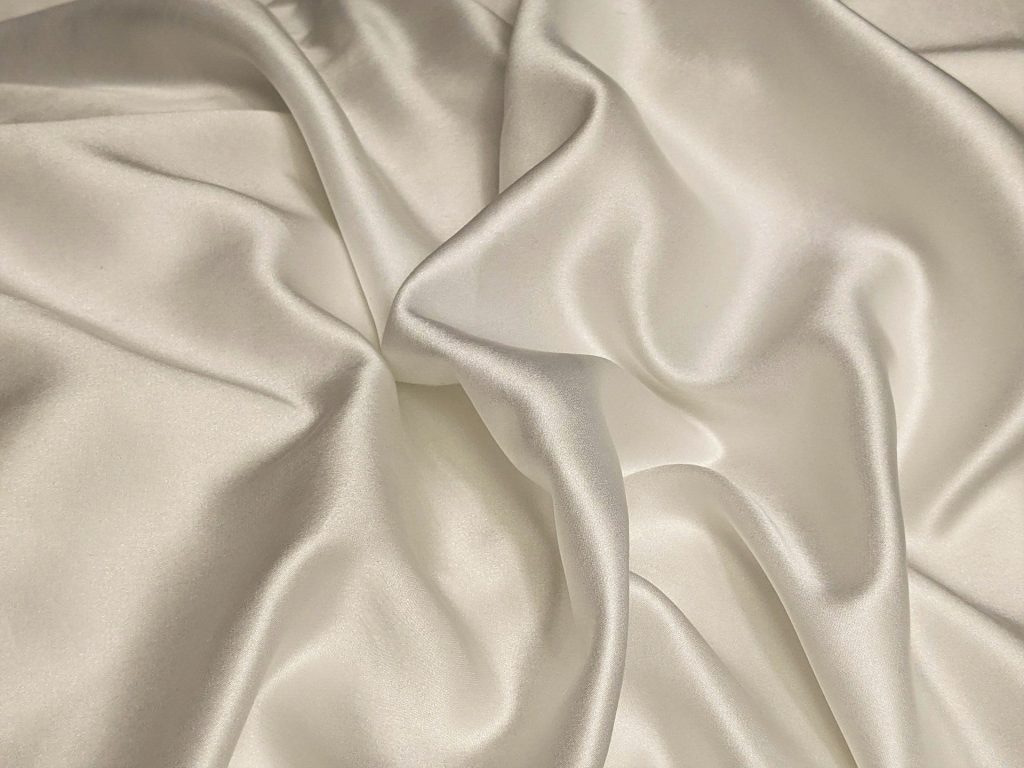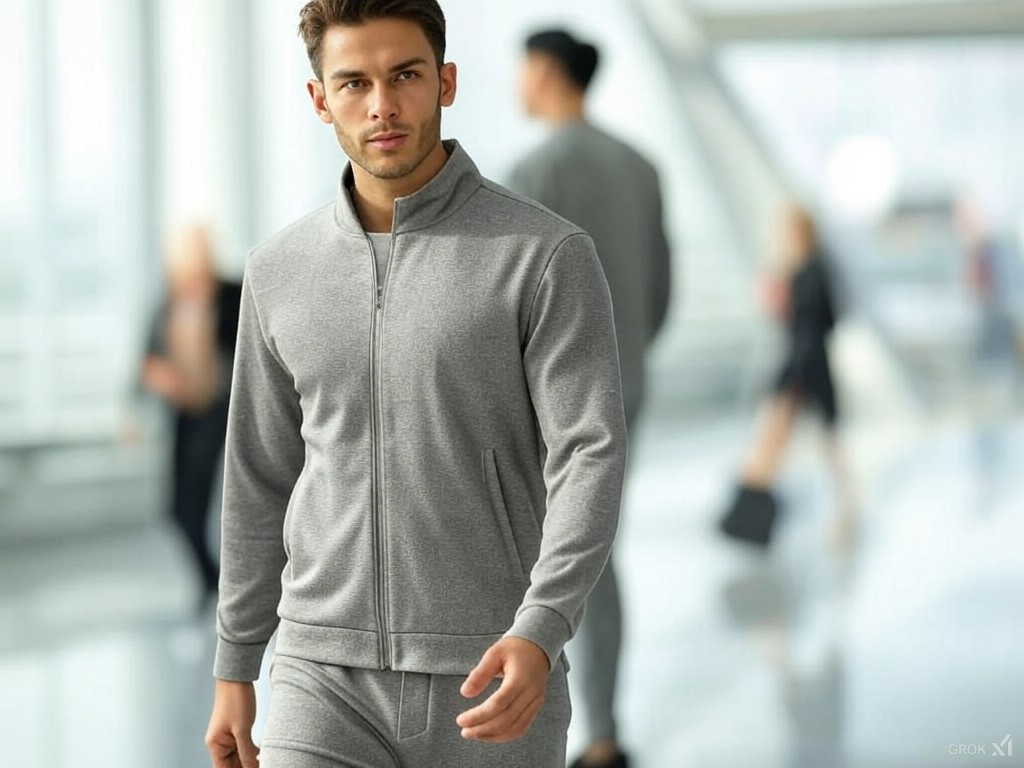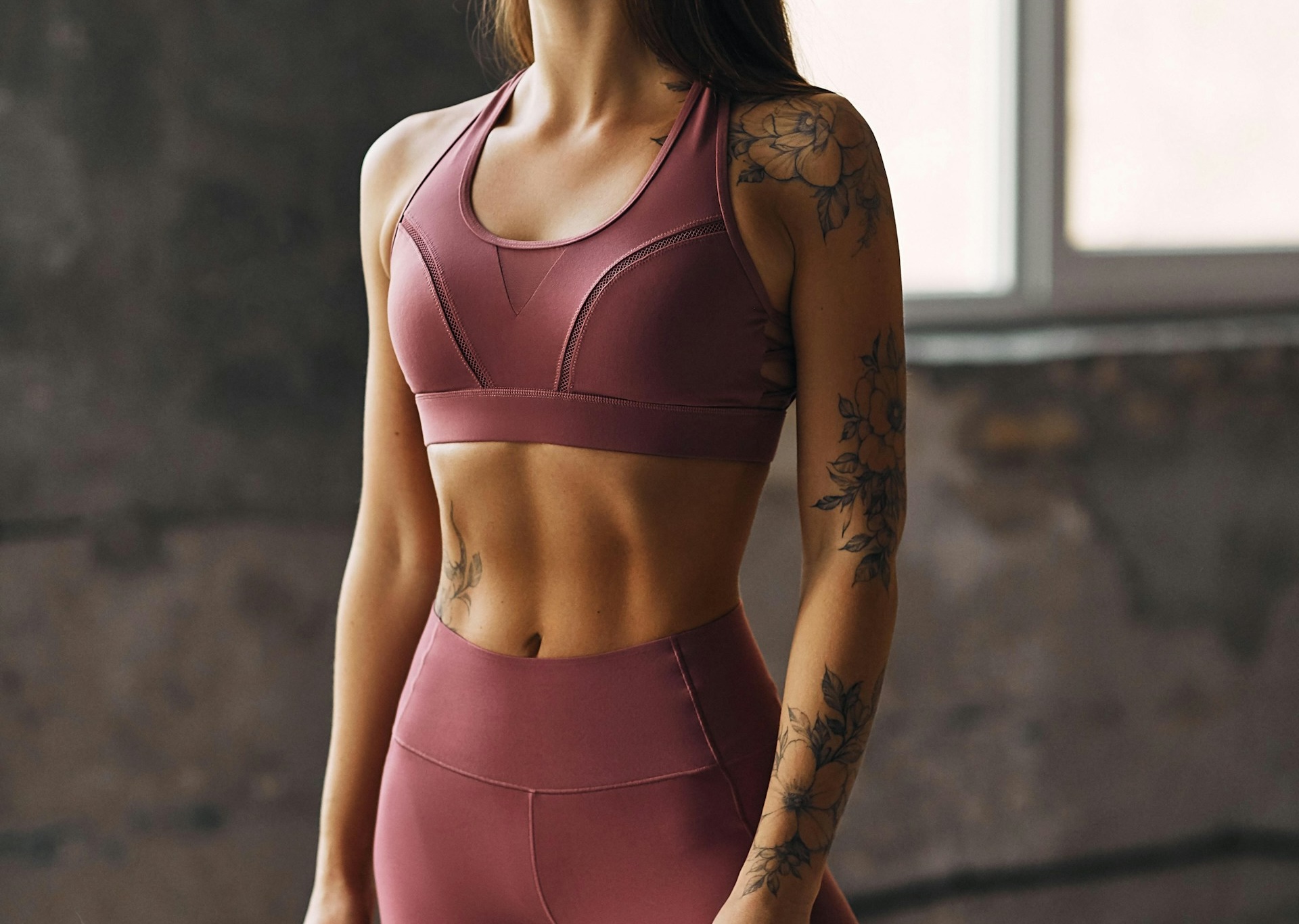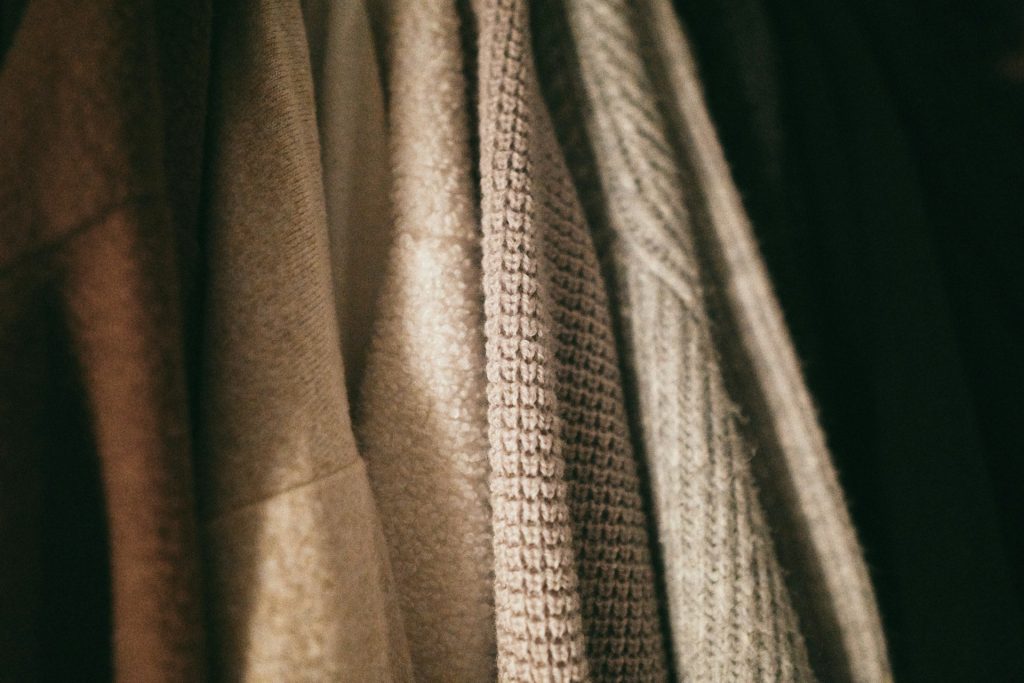Whether you’re a clothes maker, fabric enthusiast, or just an inquisitive shopper, understanding clothing materials and fabric types is key to making your decision.
As fabric enthusiasts, we have seen quite the shift in the market. Some of the best clothing material is still underutilized. This is because some of those fabrics are expensive, which would hurt the bottom line of companies like Nike and Lululemon.
On the other hand, some of these fabrics are scarce and simply not on the radar for most of the industry giants. In this article we’ll break down the best clothing material for different scenarios. What’s best for your skin? What’s sustainable? What’s best for athleisure wear?
Fabrics 101: Natural vs. Synthetic
At the heart of any discussion about fabric is the divide between natural and synthetic.
Natural materials—like cotton, linen, wool, and silk—are sourced from plants or animals, which usually means they’re softer, more breathable, and break down more easily when tossed out.
On the flip side, synthetics such as polyester, nylon, and spandex are lab-made. They tend to be more durable, often cheaper, and can be engineered for specific tasks like moisture-wicking or super-stretch performance.
However, some synthetics trap heat or contribute to pollution if they’re not recycled or produced responsibly. It’s a give-and-take that depends on your priorities: do you value softness and biodegradability, or do you need something with serious longevity and specialized features?
Best Clothing Material for Health & Skin
If you have sensitive skin or want to avoid those chemical nasties, look to natural materials like cotton or bamboo. Cotton is fantastic for everyday—soft, breathable, and perfect for T-shirts or underwear.
Bamboo, meanwhile, is a bit of a hidden gem: To us, it’s the best clothing material. It’s surprisingly moisture-wicking and gentle on skin. Linen also deserves a shout-out because it’s both airy and relatively hypoallergenic, so you’re less likely to overheat or break out in rashes when the temperature rises.
For a truly skin-friendly experience, consider organic or chemical-free finishes. Some mainstream cottons or synthetics are dyed or treated with chemicals that can irritate sensitive people. Keep an eye out for labels indicating eco-friendly or organic processing if you really want to play it safe.
Best Clothing Material for Athleisure Wear
Athleisure clothing is trending in 2025. It’s that sweet spot between comfy lounge clothes and actual workout gear. If you’re going for something soft and cozy, consider a cotton-modal blend.
Modal is derived from beech tree pulp, which gives fabrics a silky finish and a bit more stretch than standard cotton. It’s great for those leggings or joggers you wear to “maybe” hit the gym—but mostly to binge Netflix.
If you are planning to sweat it out, though, a polyester-spandex combo might suit you better. It dries quickly and holds its shape, meaning you can power through a yoga class or spin session without feeling like you’re wearing a soggy towel. Just make sure to check the opacity, especially with leggings—you don’t want any see-through surprises under bright lights.
Best Clothing Material for Activewear
When you’re not just lounging but actually planning a workout, performance synthetics are your best friend. Moisture-wicking fabrics like polyester or nylon help pull sweat away from your skin so you don’t feel clammy.
A bit of spandex (also known as elastane or Lycra) can give you that extra stretch you need for a full range of motion, whether you’re squatting, sprinting, or doing an upside-down yoga pose.
Some brands even add anti-microbial treatments to combat odor, which is a bonus if you’re the type to skip laundry day a time or two. Some companies also preach sustainable activewear. It’s looking good, and feeling good (in more ways than one).
Best Clothing Material for Comfort
Sometimes all you need is something comfy, especially if your idea of a workout is lifting snacks from the coffee table to your mouth. Jersey knit is a top contender for ultimate comfort. It’s often cotton-based, stretchy, and drapes nicely.
That’s why you see it in so many T-shirts, casual dresses, and lounge sets. You might also gravitate toward fleece or French terry if you’re after hoodies or sweatshirts. Fleece has that fuzzy interior that keeps you warm on chilly mornings, while French terry has those little loops that offer a lighter, breathable feel. Either way, it’s the perfect uniform for Sunday brunch or a lazy evening in.
Best Clothing Material for Warm Clothing
When the temperature drops, warmth becomes the key factor. Wool and cashmere are two classic go-tos. Wool, especially merino, locks in heat, wicks moisture, and can stand up to some serious wear and tear.
Cashmere brings the luxe factor—it’s soft, light, and incredibly insulating, but handle it gently if you want it to last (no rough tosses into the washing machine, please). Other winter-friendly choices include flannel, which can be cotton or wool, brushed for softness, and ideal for cozy shirts and pajamas. Fleece steps up here as well, especially if you don’t mind synthetic materials. It’s lightweight yet effective at sealing in warmth, making it popular for jackets and pullovers.
Other Scenarios to Consider
You’re not always in workout mode or bundling up against the cold. Sometimes you need fabric advice for fancy events, eco-friendly wardrobes, or allergies.
If you’re dressing to impress, fabrics like silk, satin, or velvet ooze elegance—just be prepared for a bit more caution when washing or ironing them.
If you want to be kind to Mother Earth, and looking for eco-friendly wear, think hemp or Tencel (lyocell), which are produced with less water and fewer chemicals. If allergies are a concern, organic cotton and bamboo come back into play, as they’re often free of the harsh dyes and finishes that can irritate sensitive skin.
Care & Maintenance 101
Picking the right fabric is half the battle; keeping it in good shape is the other. Always check your care labels because certain materials demand special treatment—hand-wash only, air-dry, or gentle cycle.
If you’re dealing with a delicate wool sweater or a luxe cashmere scarf, a mild detergent and cool water are your best friends. More durable synthetics can handle a regular wash cycle, but avoid high heat in the dryer, which can wreak havoc on elasticity. Also, remember that some heavy knits or super-stretch items do better folded rather than hung, preventing any weird stretching at the shoulders.
Future Trends in Fabric
Fabric trends going forward are fascinating! The textile world doesn’t stand still. Recycled polyester is becoming more common, helping to keep plastic bottles out of landfills and giving them new life in your track jacket.
Lab-grown materials are also stepping into the spotlight—everything from “leather” made in a petri dish to spider-silk-inspired fibers. Smart fabrics that track your vitals or adjust to temperature changes are on the horizon, too, promising more personalized comfort.
And let’s not forget about hybrid blends that aim to combine the natural softness of, say, organic cotton with the performance attributes of synthetics—all while reducing environmental impact.
Final Thoughts
Choosing the best clothing material is personal, whether you’re shopping for cozy pajamas, designing a new line of athleisure leggings, or simply want a breezy summer dress that doesn’t cling in the heat. The trick is knowing what each fabric excels at—and where it might fall short. Cotton breathes, but might shrink. Polyester performs, but can feel less natural. Wool warms, yet might itch if you grab the wrong type. Each has its place in your wardrobe, or in the clothes you create, if you’re a designer.
By understanding the landscape—from health and comfort to performance and sustainability—you can make fabric choices that align with your needs and values. After all, a little knowledge goes a long way in making sure you end up with clothes that not only look great but also stand the test of time… or at least the next few seasons of fashion trends.





